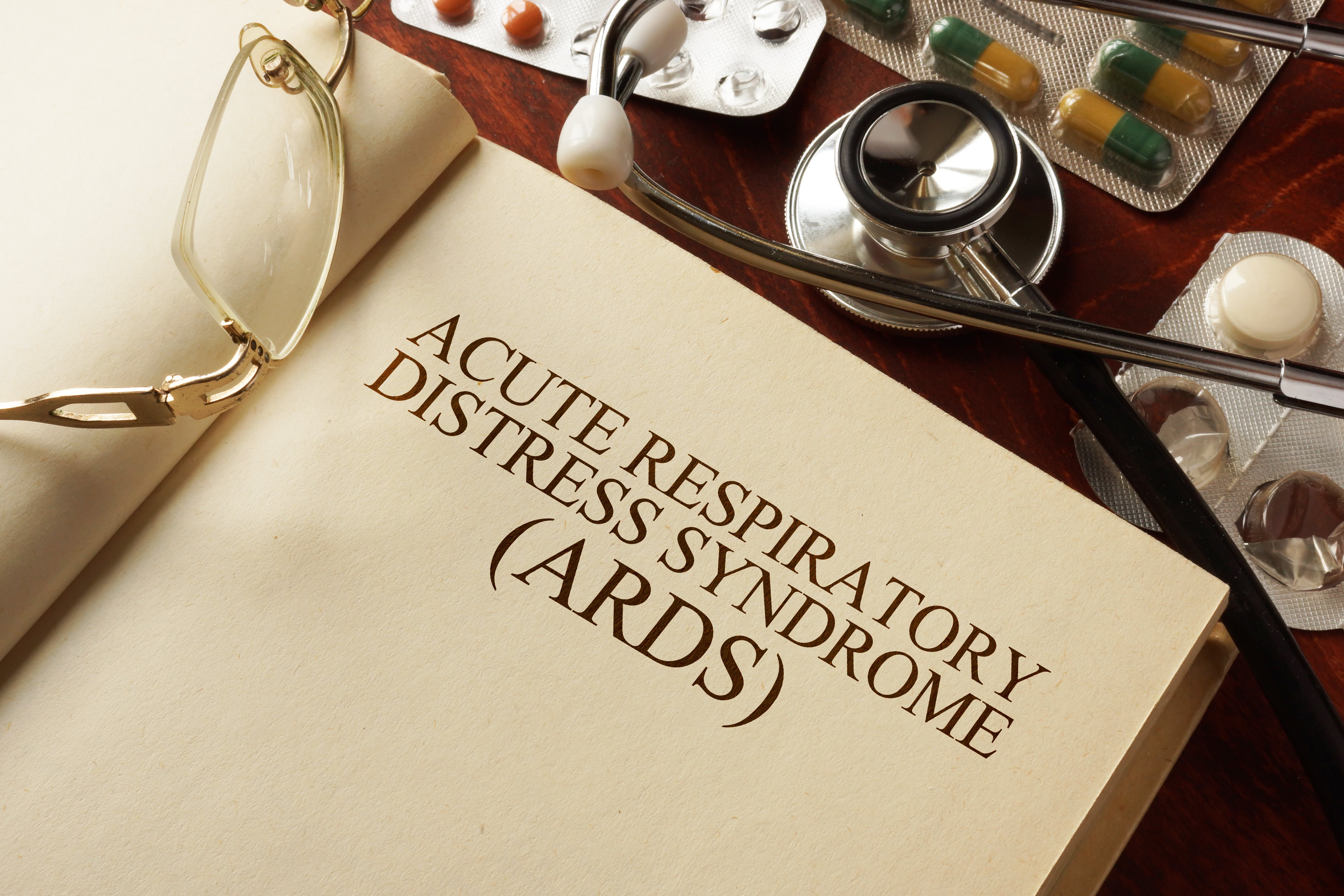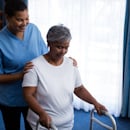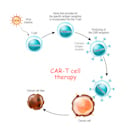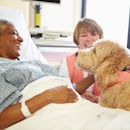
Treating Acute Respiratory Distress Syndrome (ARDS) Using the Prone Position: Pros and Cons
Acute respiratory distress syndrome (ARDS) is a life-threatening condition described by poor oxygenation and non-compliant lungs. The internationally agreed upon definition of ARDS states:
ARDS is an acute diffuse, inflammatory lung injury, leading to increased pulmonary vascular permeability, increased lung weight, and loss of aerated lung tissue…[with] hypoxemia and bilateral radiographic opacities, associated with increased venous admixture, increased physiological dead space, and decreased lung compliance (Nickson, 2020).
ARDS incidence in the United States is estimated to be 64-79 cases per 100,000 person-years. Often starting with a mild case, progression to severe cases occurs in 1/3 of the patients. Mortality is proportionate to the severity of the disease (mild: 27%, moderate: 32%, and severe 45%). Currently, only supportive care focusing on reducing shunt fraction, increasing oxygen delivery, decreasing oxygen consumption, and avoiding further injury is available to treat ARDS) (Diamond, Feliciano, Sanghavi, & Mahapatra, 2021).
Treating patients with severe cases of ARDS is challenging. After three decades of research, mechanical ventilation and prone positioning have evolved into the preferred treatment of choice in treating severe cases of ARDS. There are two professional guidelines used to manage ARDS patients with ventilation and prone positioning. They are:
- An Official American Thoracic Society/European Society of Intensive Care Medicine/Society of Critical Care Medicine Clinical Practice Guideline: Mechanical Ventilation in Adult Patients with Acute Respiratory Distress Syndrome
- Research supports the use of prone positioning for more than 12 hours per day in patients with severe ARDS
- Prone Positioning Interdisciplinary Guidelines
- Supports the use of a multidisciplinary team approach to proning patients
(Fan, et. al, 2017; Guerin, et. al, 2020; & Mitchel & Seckel, 2018)
Prone Positioning
In addition to using ventilatory strategies to reduce lung damage and increase oxygenation, using the prone position as an effective therapy to reduce mortality for patients with ARDS is recommended for moderate to severe cases and encouraged as an early treatment option (Fan, et.al, 2017; Guerin, et. al, 2020; & Mitchel & Seckel, 2018).
Indications:
- Rescue therapy for severe hypoxemia
- Potential to decrease in mortality
Contraindications:
- An unstable spinal fracture (absolute contraindication)
- Unstable pelvic or long bone fractures, open abdominal wounds, and increased intracranial pressure (relative contraindications)
- ECMO is not a contraindication!
Pros:
- Increased oxygenation
- Recruiting alveoli
- Possible hemodynamic stabilization
- Possible decrease in mortality
Cons:
- Hemodynamic impairment (MAP less than 65 mmHG)
- Facial edema and pressure injury
- Inadvertent extubation and/or obstruction of devices
- Lack of knowledge and experience with, and the number of staff needed to perform the procedure
(Fan, et.al, 2017; Guerin, et. al, 2020; & Mitchel & Seckel, 2018).
Research shows that preventative measures such as prone positioning can minimize the long-term effects of ARDS. However, more research is needed to improve outcomes. Prone positioning is part of the treatment guides published by professional organizations; however, it is important that the healthcare team takes time to learn and perfect the skills needed to place and maintain a patient in the prone position.
References
Diamond, M., Feliciano, HL., Sanghavi, D., & Mahapatra, S. (2021). Acute respiratory distress syndrome.
Fan, E., Del Sorbo, L., Goligher, EC., Hodgson, CL., Munshi, L., ……. &Brochard. LJ. (2017). An Official American Thoracic Society/European Society of Intensive Care Medicine/Society of Critical Care Medicine Clinical Practice Guideline: Mechanical Ventilation in Adult Patients with Acute Respiratory Distress Syndrome.
Guerin, C., Albert, RK., Beitler, J., Gattinoni, L., Jaber, S., ……. & Mancebo, J. (2020). Prone position in ARDS patients: why, when, how, and for whom.
Mitchel, DA. & Seckel, MA. (2018). Acute respiratory distress syndrome and prone positioning.
Nickson, C. (2020). Acute respiratory distress syndrome definitions.




